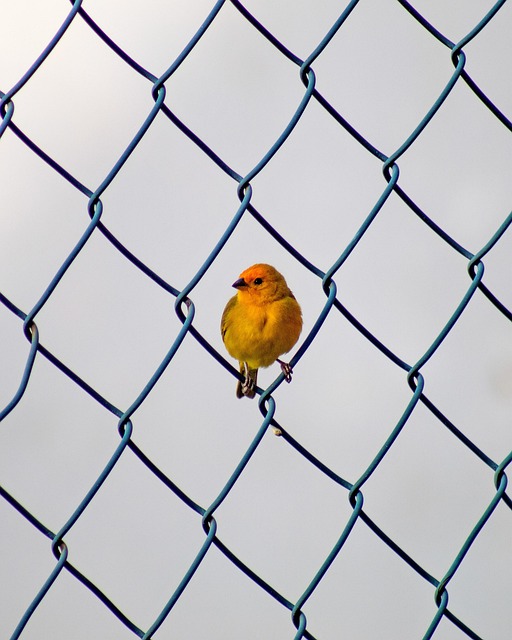New Bedford, Massachusetts homeowners looking to install a fence can make the project easier and more affordable with some DIY tips. Before you begin, prepare your yard by clearing the area and marking the fence line accurately. Choosing the right fencing material suited for the local climate is key to durability. With basic tools and proven techniques, you can successfully install a long-lasting fence that enhances your property’s value and privacy.
- Prepare Your Yard for Fence Installation
- Choose the Right Fencing Material for New Bedford Climate
- Measure and Mark Your Fence Line Accurately
- Install Your Fence with Basic Tools and Techniques
Prepare Your Yard for Fence Installation
Before starting your fence installation project, preparing your yard is a crucial step. Begin by clearing any debris, such as branches and old vegetation, that might be in the way. Remove existing plants or mark their locations to ensure they won’t interfere with the new fence’s placement. Level the ground, filling in any depressions or uneven areas, so it provides a solid foundation for your fence. This process involves raking the soil and adding topsoil if necessary.
Mark out the perimeter of your desired fence line using stakes and string to ensure accurate measurement and alignment. This step will help guide you during installation and guarantee a straight, uniform fence. Additionally, consider accessing local regulations or homeowner association guidelines regarding yard preparation and fencing to avoid any last-minute setbacks.
Choose the Right Fencing Material for New Bedford Climate
When considering DIY fence installation in New Bedford, Massachusetts, selecting the appropriate fencing material is a crucial step that directly impacts both aesthetics and longevity. The region’s climate presents unique challenges, with hot summers and cold winters, not to mention occasional snow and freezing temperatures. For durability, opt for materials resistant to rot, rust, and decay, such as vinyl or treated wood.
Vinyl fences are particularly well-suited for New Bedford due to their low maintenance requirements and resilience against extreme weather conditions. Treated wood offers a natural look and can be a more budget-friendly option if maintained properly. Consider the fencing’s color and texture too; lighter colors reflect sunlight, helping to keep your fence looking fresh throughout the year.
Measure and Mark Your Fence Line Accurately
Before you start digging or nailing any posts into the ground, precise measurements are crucial. Take a walk along your desired fence line and use a tape measure to accurately determine its length and location relative to existing structures and landscaping. Mark these points clearly with stakes and string for easy reference. This step is fundamental to ensuring your fence aligns correctly and meets local building codes.
By taking the time to measure and mark, you’ll avoid costly mistakes later on. It helps in planning the placement of posts, gates, and any additional features, ensuring a level and secure installation that enhances your property’s aesthetics and value.
Install Your Fence with Basic Tools and Techniques
When it comes to installing your fence, having the right tools and understanding basic techniques is key. Start by marking out the perimeter of your desired fence line using string and stakes—this ensures a straight and uniform border. Next, clear the area of any debris or plants, as these can impede installation.
For most fences, you’ll need common tools like a post-hole digger, hammer, level, measuring tape, and a saw. Use these to dig holes for the fence posts, ensuring they’re deep enough for stability (typically around one-third of the post’s height). Then, set your posts in place, keeping them plumb and level, before filling the holes with concrete for a secure base.
